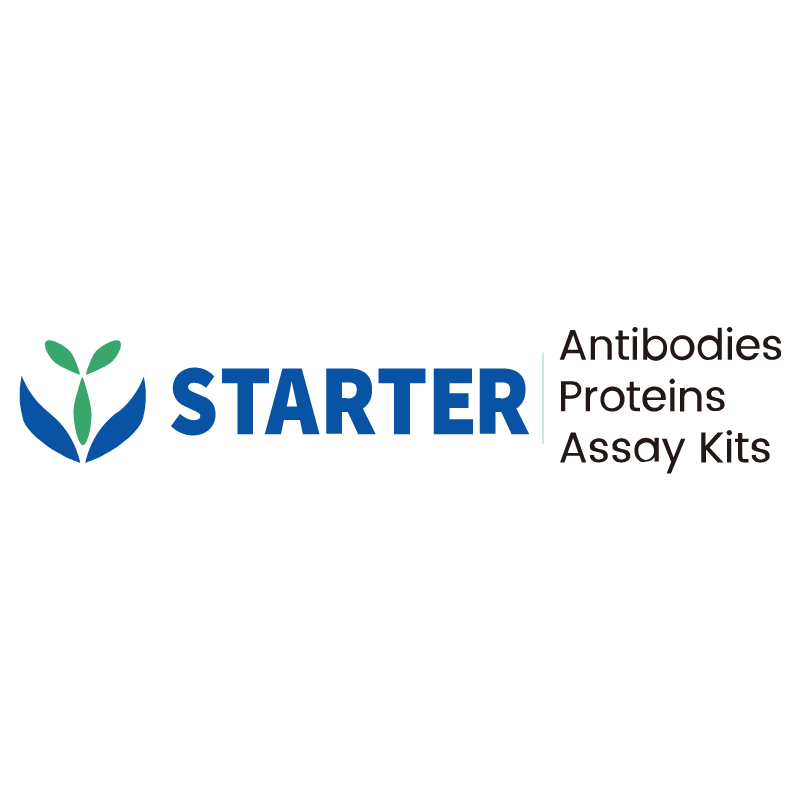Flow cytometric analysis of PC-3 (Human prostate adenocarcinoma epithelial cell, Left) / HeLa (Human cervix adenocarcinoma epithelial cell, Right) labelling MICA/MICB antibody at 1/200 dilution (1 μg) / (Red) compared with a Mouse IgG2a, κ Isotype control (Black) and an unlabelled control (cells without incubation with primary antibody and secondary antibody) (Blue). Goat Anti - Mouse IgG Alexa Fluor® 488 was used as the secondary antibody. Negative control: PC-3
Product Details
Product Details
Product Specification
| Host | Mouse |
| Antigen | MICA/MICB |
| Synonyms | MHC class I polypeptide-related sequence A; MIC-A; PERB11.1; MHC class I polypeptide-related sequence B; MIC-B; PERB11.2 |
| Location | Cell membrane |
| Accession | Q29983、Q29980 |
| Clone Number | S-2967 |
| Antibody Type | Mouse mAb |
| Isotype | IgG2a,k |
| Application | FCM |
| Reactivity | Hu |
| Positive Sample | HeLa |
| Purification | Protein A |
| Concentration | 2 mg/ml |
| Conjugation | Unconjugated |
| Physical Appearance | Liquid |
| Storage Buffer | PBS pH7.4 |
| Stability & Storage | 12 months from date of receipt / reconstitution, 2 to 8 °C as supplied |
Dilution
| application | dilution | species |
| FCM | 5μl per million cells in 100μl volume | Hu |
Background
MICA (MHC class I polypeptide-related sequence A) and MICB (MHC class I polypeptide-related sequence B) are stress-inducible proteins that belong to the MHC class I family but do not bind to β2-microglobulin or present peptides. They are encoded by genes located within the HLA class I region of chromosome 6. MICA and MICB are expressed on the cell membrane in response to cellular stress or cancer transformation. These proteins act as ligands for the NKG2D receptor, which is expressed on most natural killer (NK) cells, CD8 αβ T cells, and γδ T cells. The binding of MICA/B to NKG2D can activate these immune cells, leading to cytotoxic responses against stressed or transformed cells. MICA and MICB are highly polymorphic, with over 106 alleles reported for MICA and 25 for MICB. This polymorphism may affect their affinity for NKG2D and, consequently, the activation thresholds of NK and T cells.
Picture
Picture
FC


